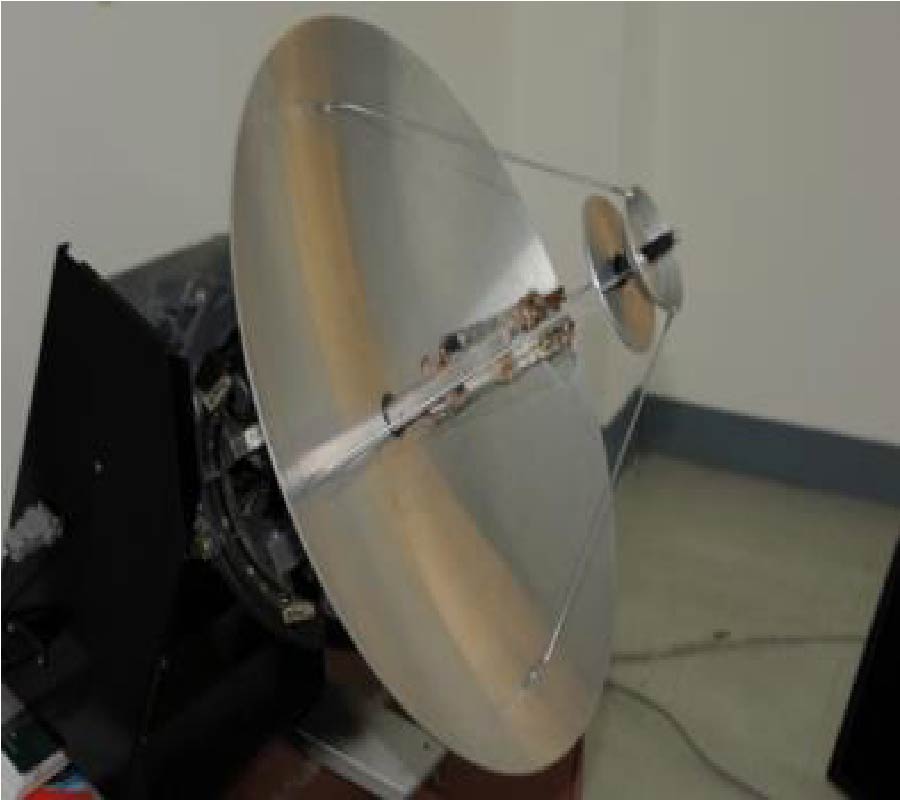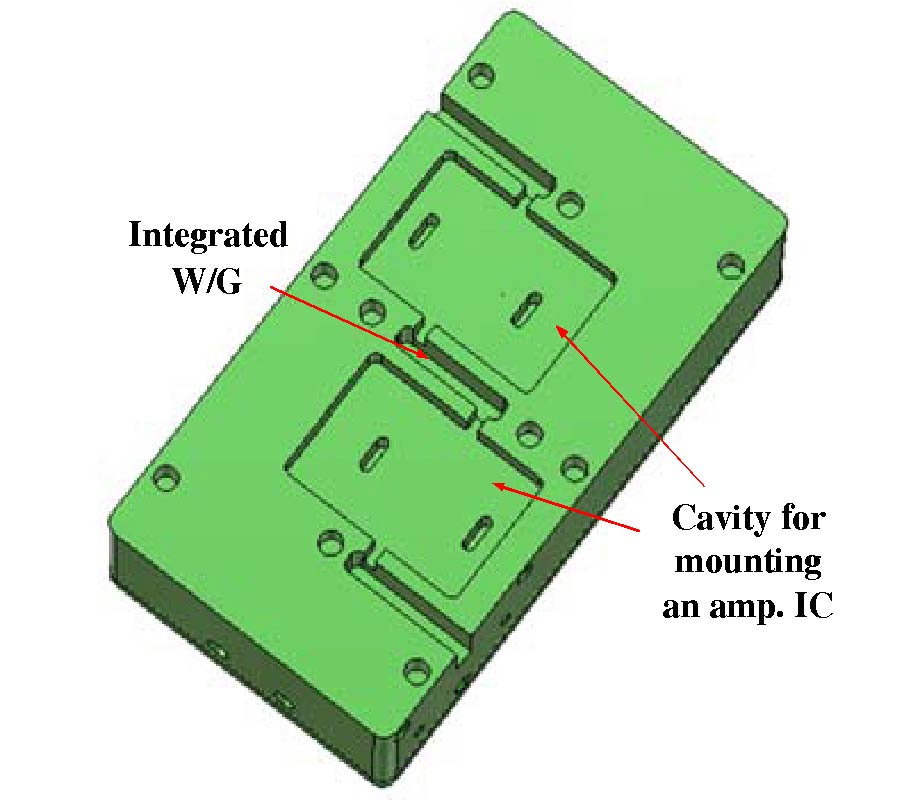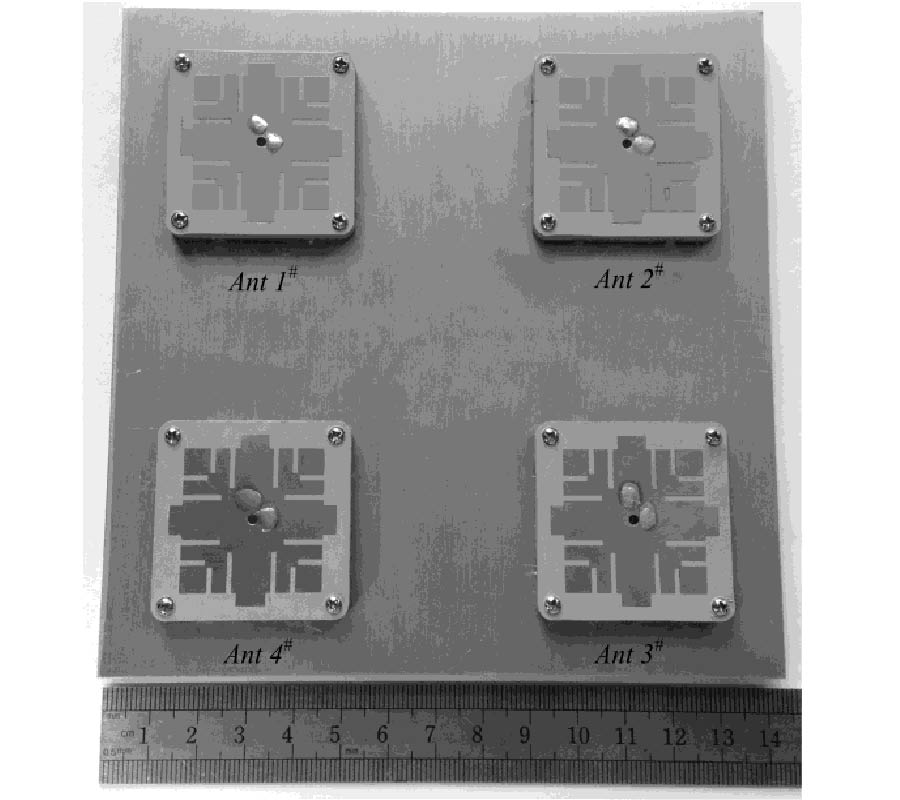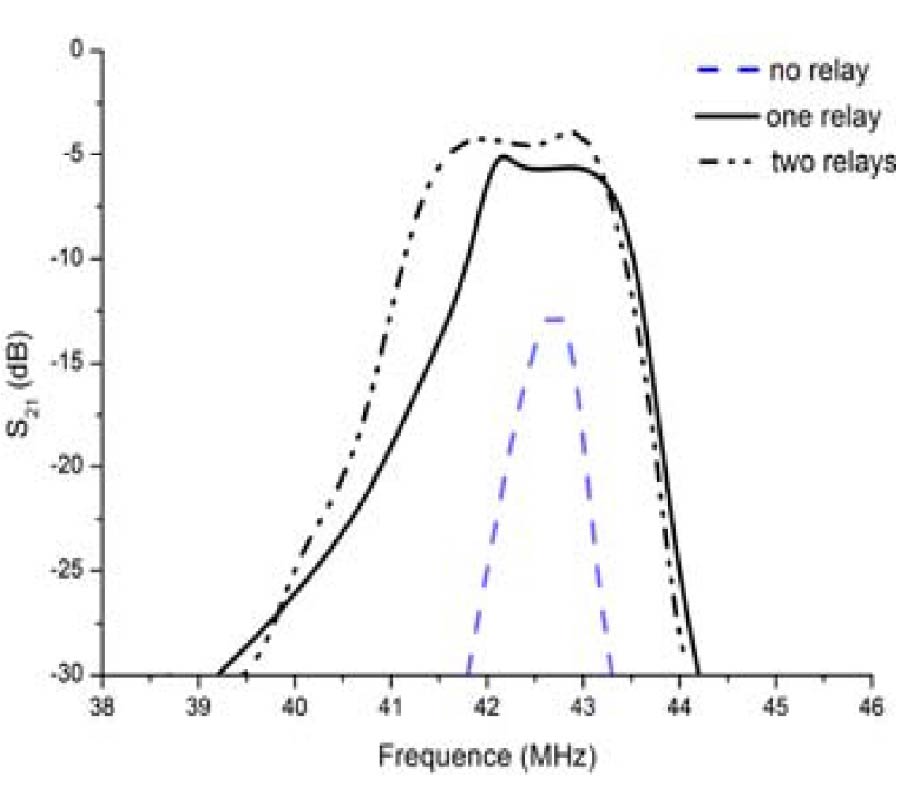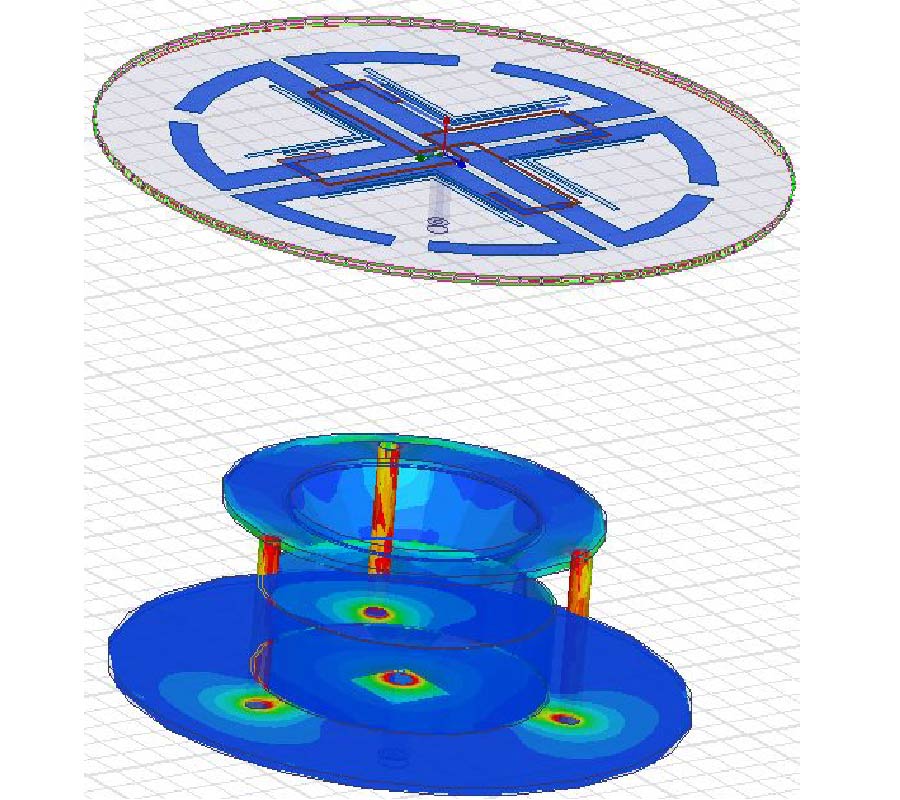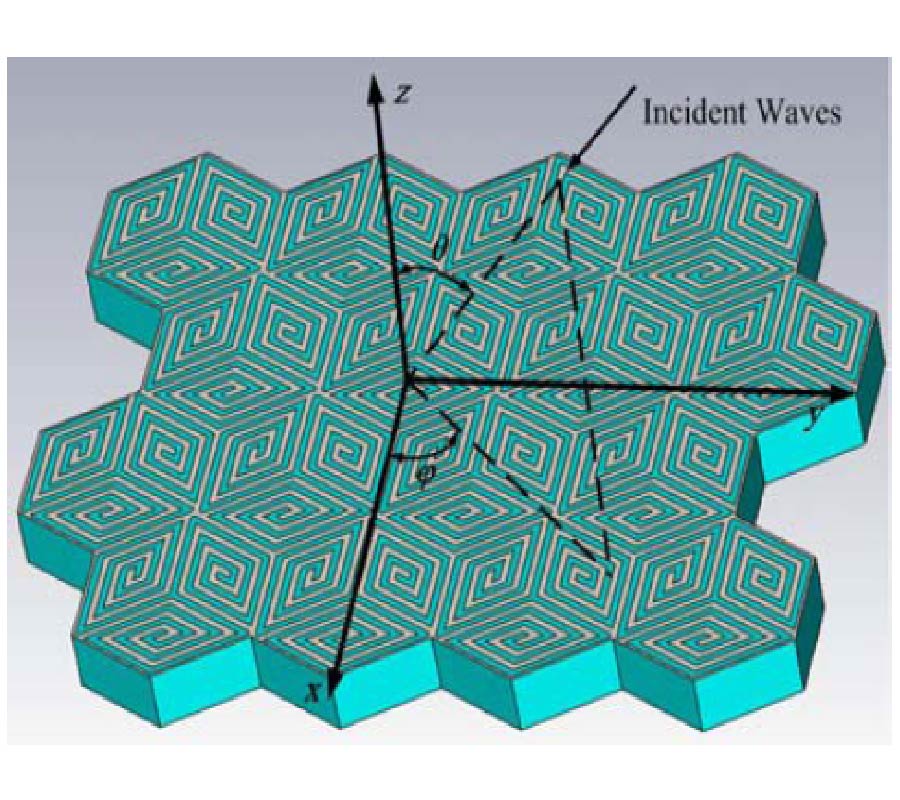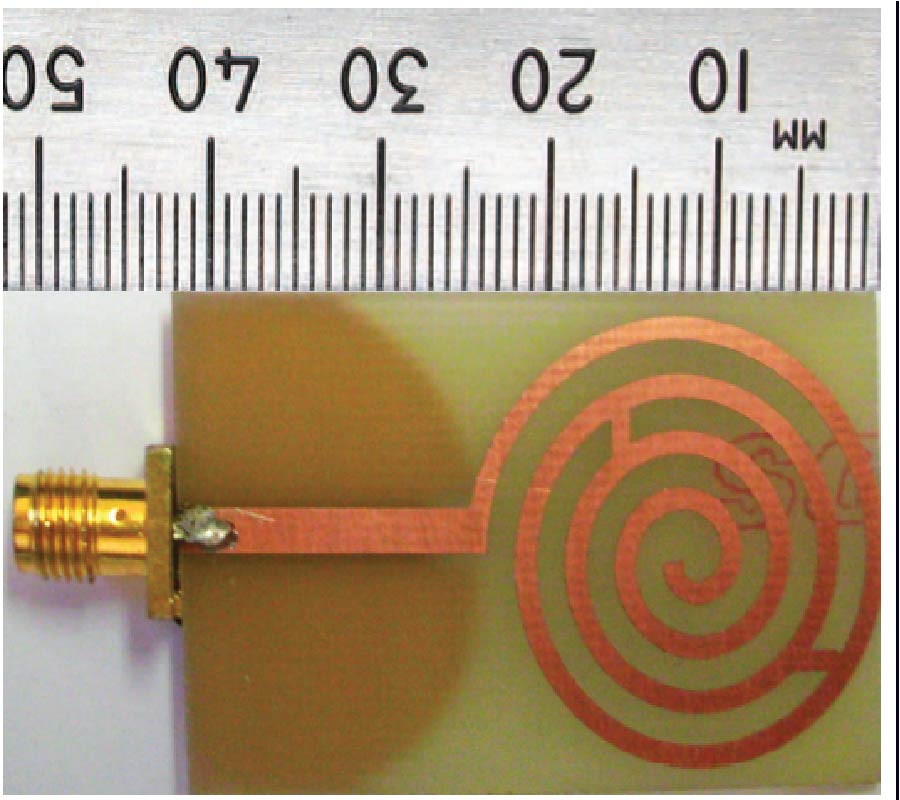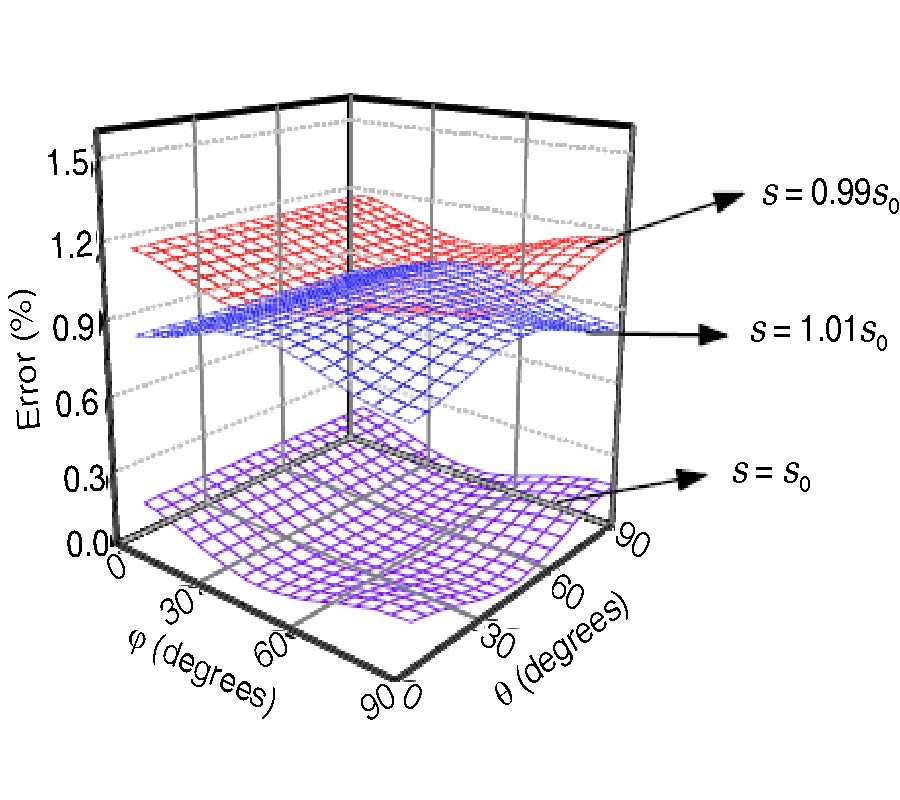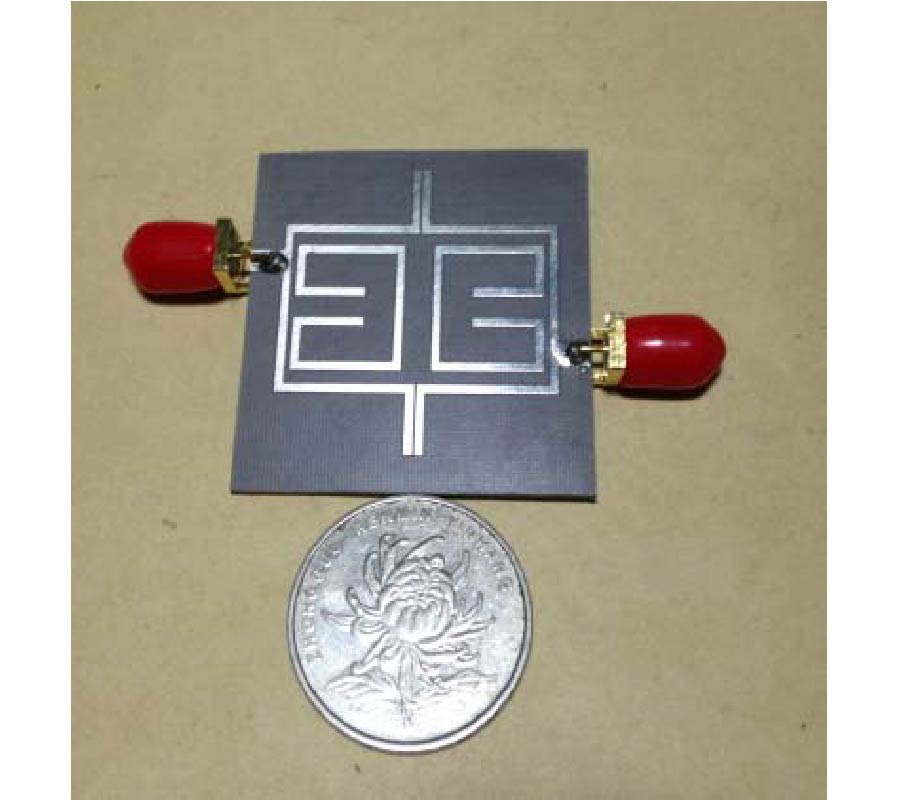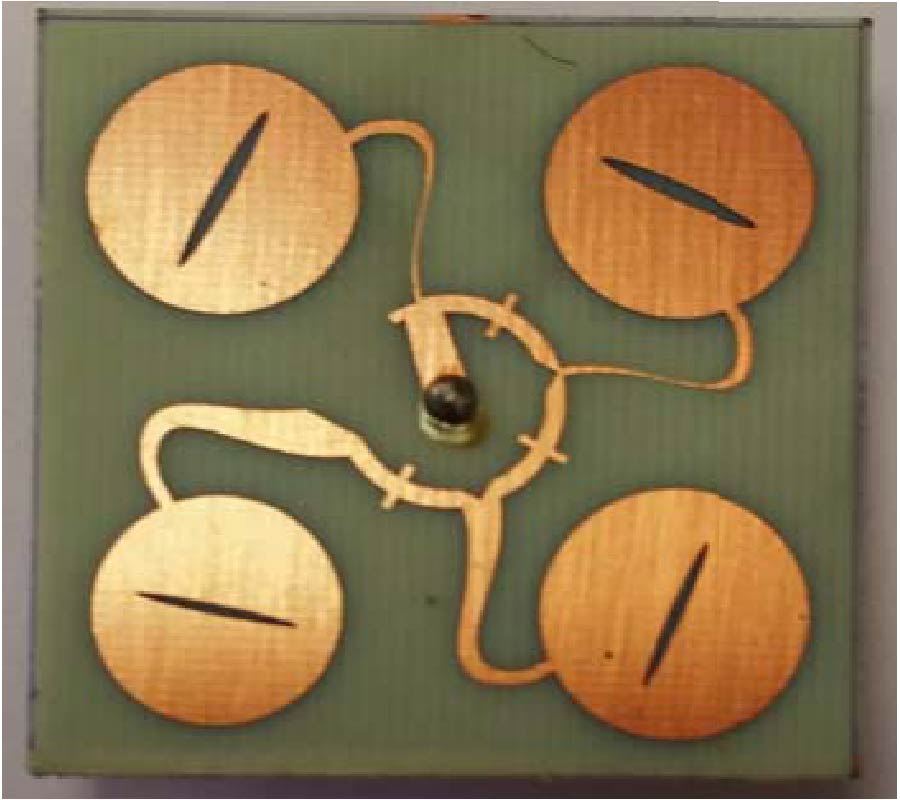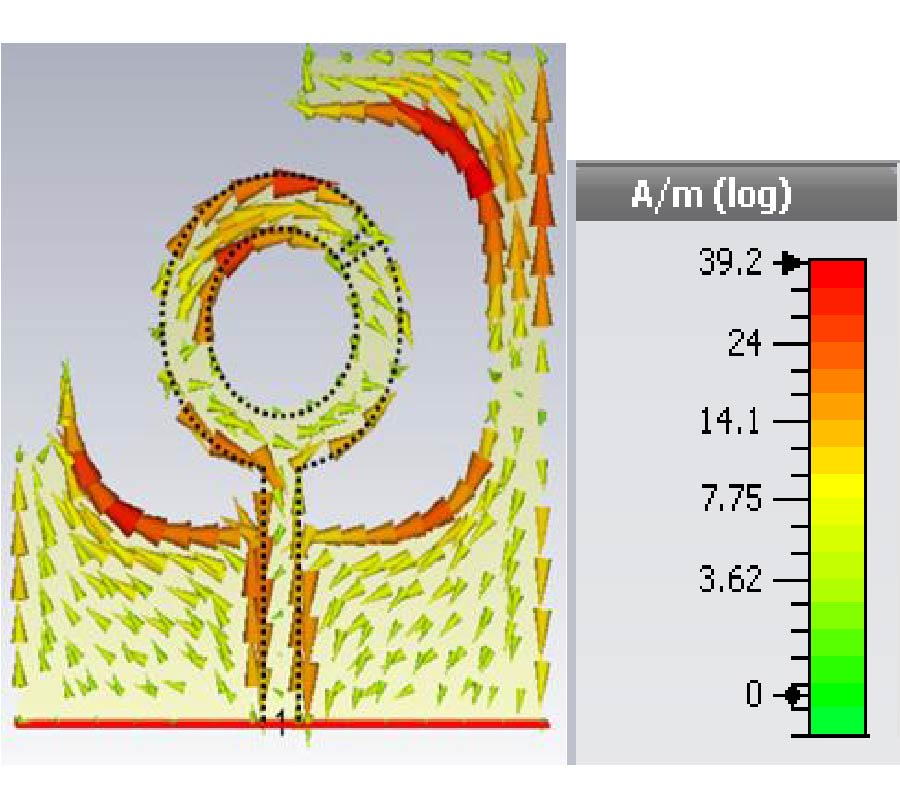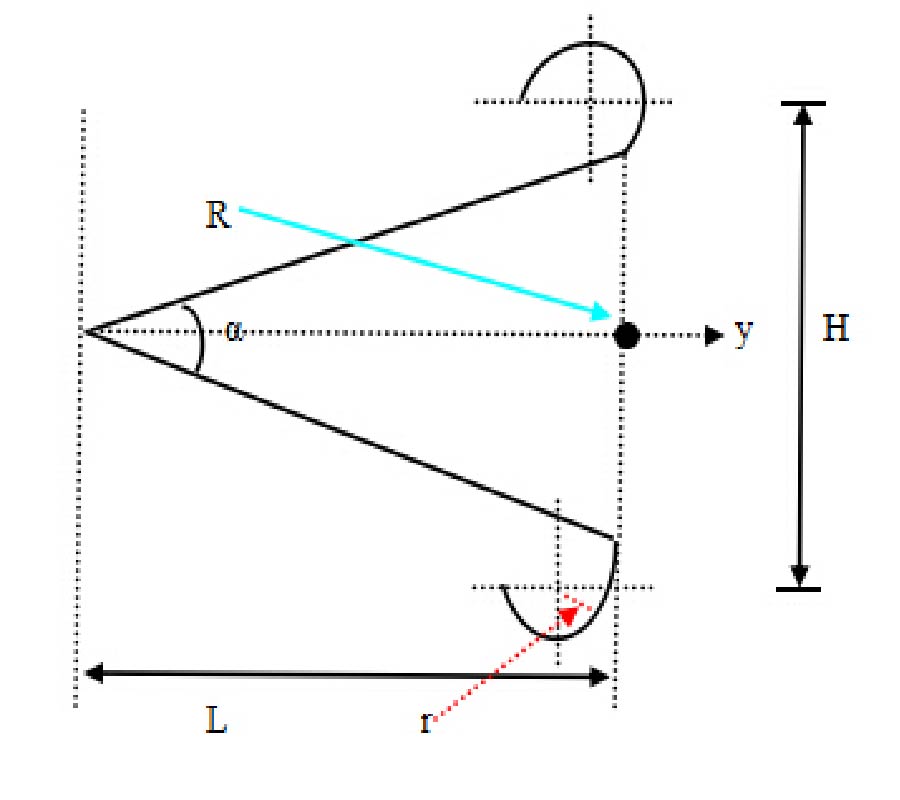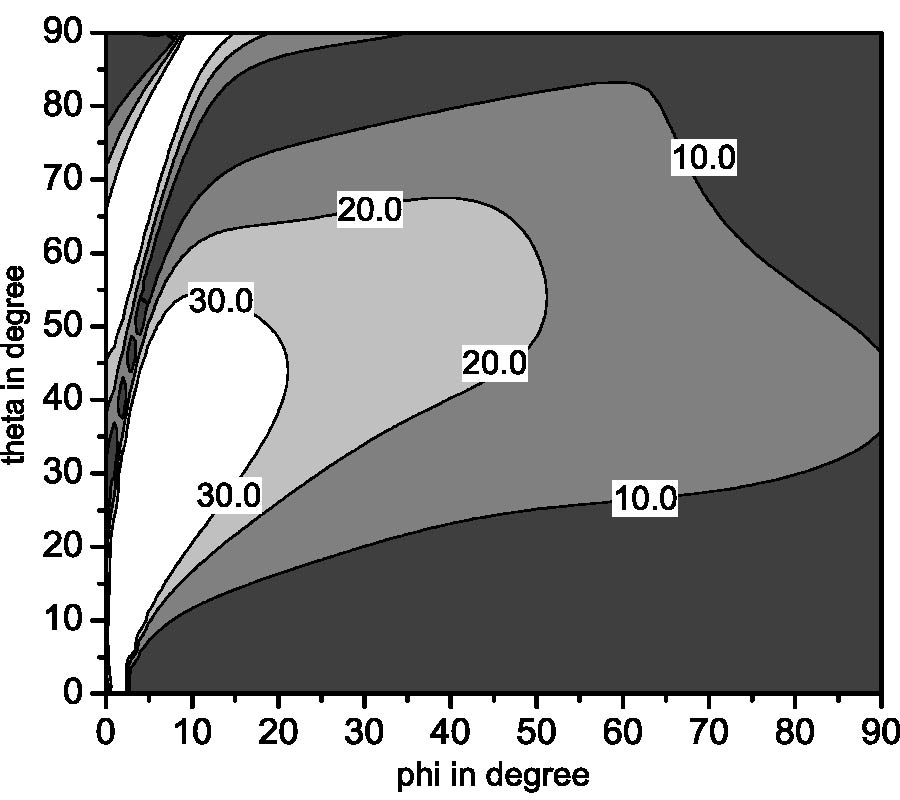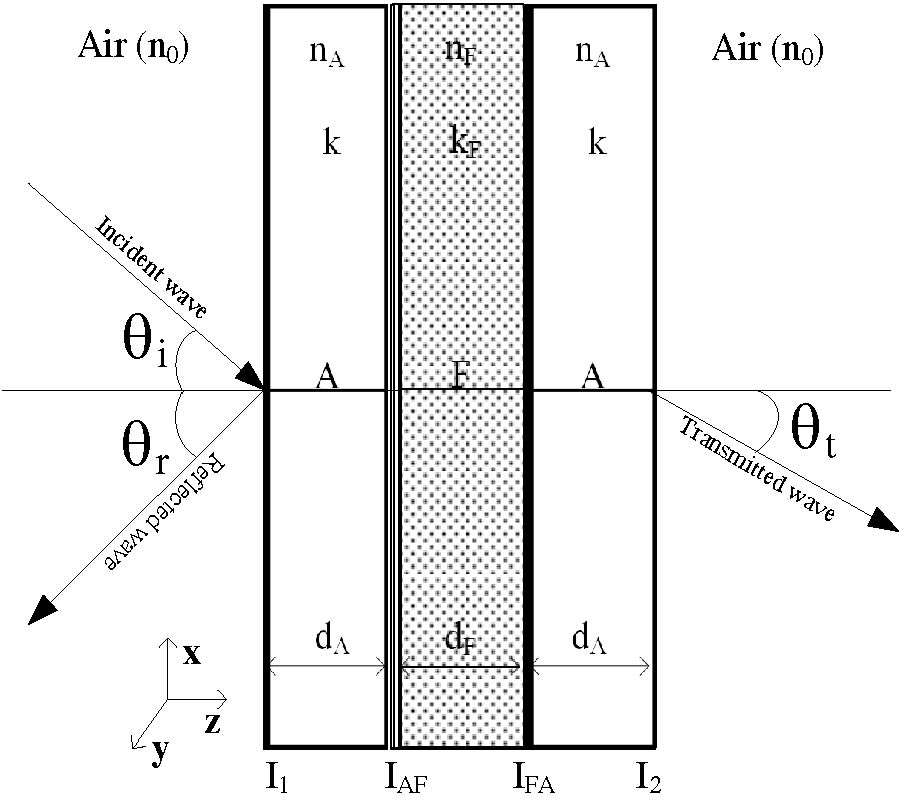A Novel Method from Bandpass to Dual-Band for Microwave Filter and Diplexer Design
Feng Qiu
,
Zhenhua Tang
,
Jian-Quan Huang
,
Dajun Lei
and
Ming Yao
A novel method for a dual-band filter and quad-channel diplexer design is presented in this paper. This method, by altering the gap between resonators, realizes a transformation from bandpass to dual-band for the filter and diplexer. At first, a high selectivity bandpass filter (BPF) with four controllable transmission zeros (TZs) is designed. Then altering the gap between resonators, a band gap is generated and utilized to split the passband of the proposed BPF into two bands, which transforms the BPF to a dual-band filter with narrow passband separation. The center frequency and bandwidth of the new dual-band filter are controllable by adjusting the frequency and width of band gap. Based on the dual-band filter, a quad-channel diplexer with stepped impedance T-junction is designed, and it can be transformed to a wideband diplexer. For demonstration, the dual-band filter and quad-channel diplexer are fabricated and measured.
